Franz Marc: A Spiritual Journey Through Color and Creature



Portrait of the Artist's Mother Sophie Marc by Franz Marc 1902
Born in 1880 in Munich, Germany, Marc's artistic journey wasn't always preordained. Initially drawn to philology, the study of languages, his path took a sharp turn after a year of military service. This experience, coupled with exposure to the natural world, sparked a passion for art. He enrolled at the Munich Academy, where he received classical training that would later be challenged by his avant-garde sensibilities.

Two Women on a Hillside By Franz Marc 1906
A trip to Paris in 1903 proved transformative. Here, Marc encountered the vibrant world of Impressionism, a stark contrast to the academic styles he was accustomed to. The influence of artists like Vincent van Gogh and Paul Gauguin ignited a new creative fire within him. His early works focused on landscapes and portraits, including a striking depiction of his first wife, Maria Schnur in 1906
Self Portrait Franz Marc 1906
However, this period wasn't without its darkness. Marc battled depression, a struggle reflected in his early works, which often featured muted tones and a sense of melancholy.
Franz Marc and his second wife Maria Franck Marc in 1908
Marc’s second marriage was considered to be a much happier one. Franz and Maria Franck's paths crossed in 1910, and their connection was immediate. Maria, a talented artist herself, became Franz's constant companion, champion and muse.
Horse in a Landscape by Franz Marc 1910
By 1910, Marc's artistic vision began to crystallize. He met fellow artist Wassily Kandinsky, and together they formed Der Blaue Reiter (The Blue Rider), a group dedicated to pushing the boundaries of art. This group, fueled by a desire for spiritual expression, paved the way for abstract art.
Cats Sleeping in the Sun by Franz Marc 1912
This period marked the birth of Marc's signature style – a focus on animals depicted in a vibrant, simplified manner.
Stags at Rest by Franz Marc 1911
Here are some of Marc's most renowned paintings, each a vibrant window into his artistic philosophy:
The Yellow Cow by Franz Marc 1911
The Yellow Cow (1911): This iconic piece showcases a majestic yellow cow, its form simplified and bathed in golden light. The use of color is deliberate – yellow representing inner peace and the earth's bounty. It is considered one of his most famous works and is part of a series of animal paintings done in an Expressionist style. Here are some interesting details about the painting:
-
Color symbolism: Marc believed that different colors had symbolic meanings. In "Yellow Cow," the yellow cow is seen as a symbol of femininity and the natural world, while the blue mountains represent masculinity and the spiritual realm.
-
Possible hidden meaning: Some art historians believe that the painting may be a veiled wedding portrait of Marc and his wife, Maria Franck. The yellow cow would represent Marc's wife, and the blue mountains in the background could be an abstract self-portrait of Marc himself.
The Tower of Horses by Franz Marc 1911
The Tower of Blue Horses (1911): A powerful composition featuring a group of blue horses, their forms intertwined. The blue symbolizes the spiritual realm, while the horses represent strength and unity. It is considered one of his best works, but unfortunately went missing in 1945.
Deer in the Forest by Franz Marc 1912
Deer in the Forest (I & II) (1912-1913): These contrasting paintings explore the duality of nature. Both are considered to be part of his mature style, which involved using bold colors and simplified forms to depict animals in a symbolic way.
-
Deer in the Forest I (1913) is in the collection of The Phillips Collection in Washington, D.C. This painting features a vibrant blue forest with a red deer and a yellow fawn in the center. Art historians believe this work reflects both a sense of impending doom and a promise of hope.
-
Deer in the Forest II (1914) is thought to be lost. There are reproductions available for purchase online, but the original work is not currently on display at any museum. This painting was similar in style to Deer in the Forest I, but used a more muted color palette.
Two Cats, Blue and Yellow By Franz Marc 1912
Two Cats, Blue and Yellow. (1912): This playful piece depicts vibrant red and green cats, their forms reminiscent of children. It represents the carefree spirit of the animal world. The vibrant, non-naturalistic colors and the stylized forms of the cats are characteristic of Marc's expressionist style. This style aimed to express emotions and the essence of things rather than their realistic appearance.
The Blue Horse By Franz Marc 1911
The Blue Horse By Franz Marc 1911
Blue Horse I (1911): Another famous blue horse painting, this work is a powerful symbol of nature's grace and the ability of art to evoke emotions.
The Tiger By Franz Marc 1912
The Tiger (1912): This painting shows Marc's fascination with exotic animals and his use of bold colors to create a sense of power and energy.
The Stables By Franz Marc 1913
Stables (1913): This colorful and dynamic painting depicts a group of horses in a stable, capturing their energy and movement.
The Lamb By Franz Marc 1914
The Lamb (1914): This innocent and vulnerable lamb represents Marc's belief in the purity and beauty of nature.
Colorful Flowers (Abstract Forms) by Franz Marc 1914
Colorful Flowers (Abstract Forms) (1914): This vibrant and abstract painting uses a kaleidoscope of colors to create a sense of joy and energy.
Beyond the Canvas: War, Loss, and a Legacy
Franz Marc's artistic career was tragically cut short. With the outbreak of World War I in 1914, Marc was drafted into the Imperial German Army as a cavalryman. By February 1916, as shown in a letter to his wife, he had gravitated to military camouflage. His technique for hiding artillery from aerial observation was to paint canvas covers in broadly pointillist style. He took pleasure in creating a series of nine such tarpaulin covers in styles varying "from Manet to Kandinsky", suspecting that the latter could be the most effective against aircraft flying at 2,000 meters (6,600 ft) or higher.
He had been promoted to lieutenant and awarded the Iron Cross. After mobilization of the German Army, the government identified notable artists to be withdrawn from combat for their own safety. Marc was on the list but was struck in the head and killed instantly by a shell fragment during the Battle of Verdun in 1916 before orders for reassignment could reach him.
The Blue Horses By Franz Marc 1911
After the National Socialists took power, they suppressed modern art; in 1936 and 1937, the Nazis condemned the late Marc as an entarteter Künstler (degenerate artist) and ordered approximately 130 of his works removed from exhibition in German museums. The Blue Horses was auctioned off at the infamous Theodor Fischer gallery "degenerate art" sale in Lucerne, on 29 June 1939, and acquired by the Musée des Beaux-Arts in Liège.
Horses in a stream By Franz Marc 1912
His painting Landscape With Horses was discovered in 2012 along with more than a thousand other paintings, in the Munich apartment of Cornelius Gurlitt. Gurlitt’s father, Hildebrand Gurlitt, was one of Hitler's four official art dealers of Modernist art the Nazis called "degenerate", which the Nazis sold or traded to raise cash for the Third Reich.
 Red Foxes By Franz Marc 1913
Red Foxes By Franz Marc 1913
In 2017, the family of Kurt Grawi demanded the restitution of Marc's painting The Foxes (1913) from Düsseldorf's Kunstpalast. Grawi, a German Jewish banker who had owned the painting before the Nazis rose to power was arrested on Kristallnacht and incarcerated in Sachsenhausen concentration camp in 1938, before he managed to flee to Chile in 1939. The painting passed through Galerie Nierendorf, and William and Charlotte Dieterle, according to the German Lost Art Foundation. In 2021, the German Advisory Commission recommended that the city of Düsseldorf restitute the painting to Grawi's heirs; this was done, and the painting was sold at Christie's by Grawi's heirs in 2022.
Legacy:
Franz Marc’s artistic legacy lives on - his contribution to the art world is undeniable. He not only redefined the way we view animals in art but also pioneered the use of color as a language of the soul. Through his vibrant canvases, he offered a unique perspective on the natural world, reminding us of the beauty and harmony that exist beyond the human sphere. His paintings are an invitation to enter a world where the natural world whispers secrets and emotions take flight in vibrant hues. By stepping into his artistic realm, we are reminded of the inherent beauty and wonder that surrounds us, even amidst the complexities of the human experience. His work continues to inspire artists and art lovers alike, a testament to the power of color, symbolism, and the enduring spirit of the animal kingdom.
In October 1998, several of Marc's paintings garnered record prices at Christie's art auction house in London, including Rote Rehe I (Red Deer I), which sold for $3.3 million. In October 1999, his Der Wasserfall (The Waterfall) was sold by Sotheby's in London for $5.06 million. This price set a record for Franz Marc's work and for twentieth-century German painting. In 2008, the former record was again broken when Marc's Weidende Pferde III (Grazing Horses III) was sold for £12,340,500 ($24,376,190) at Sotheby’s. This record was again beaten by the £42.6m sale of The Foxes in 2022.
Further Exploration:This blog is just a starting point for exploring the fascinating world of Franz Marc. To delve deeper, consider visiting museums with his works, such as the Lenbachhaus in Munich or the Solomon R. Guggenheim Museum in New York. Additionally, the private Franz Marc Museum on Lake Kochel provides visitors with a unique opportunity to admire the works of Franz Marc and the ‘Blauer Reiter’ artists in the landscape in which they were created.


















































































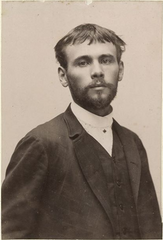
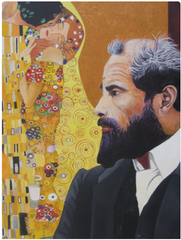
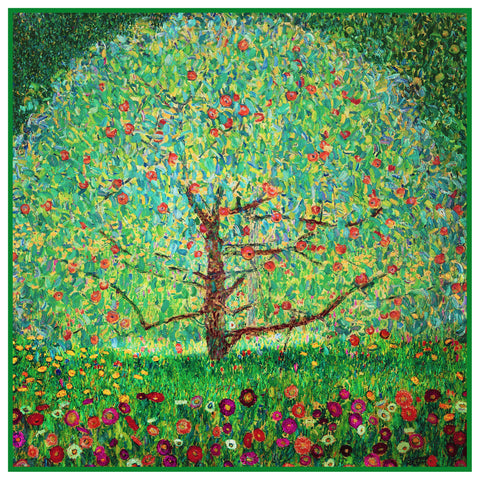
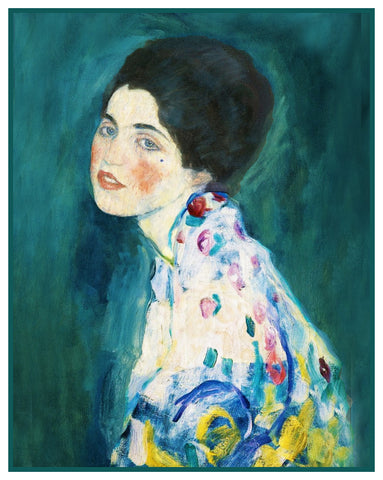
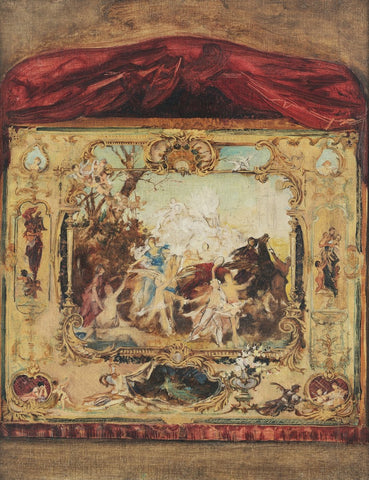
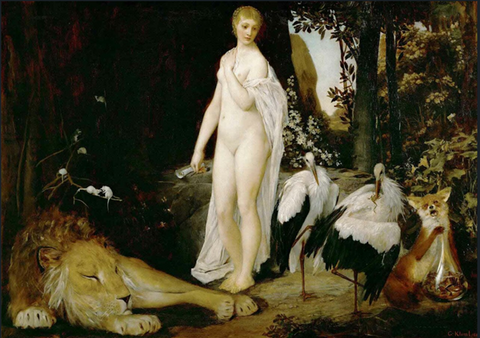
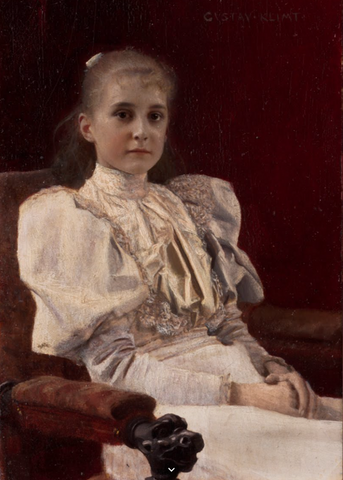
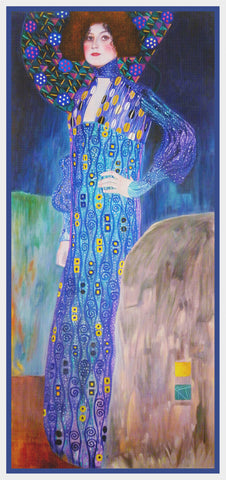

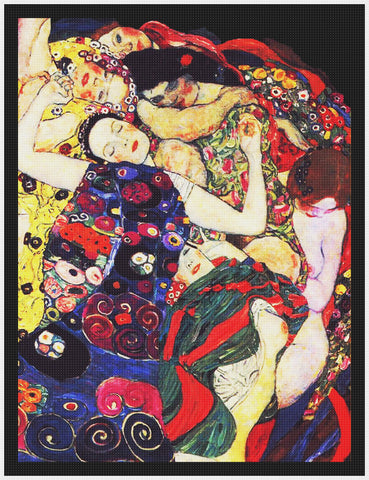

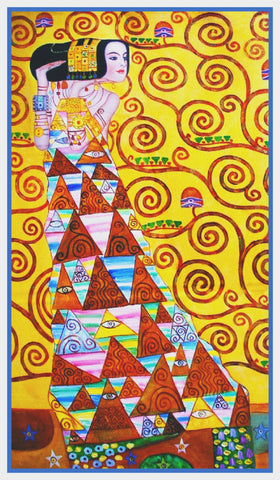
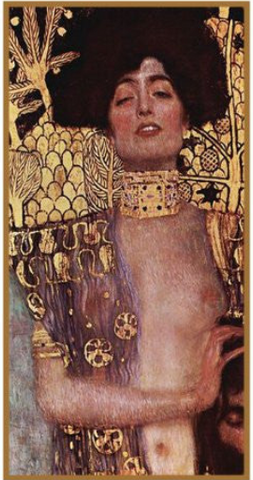
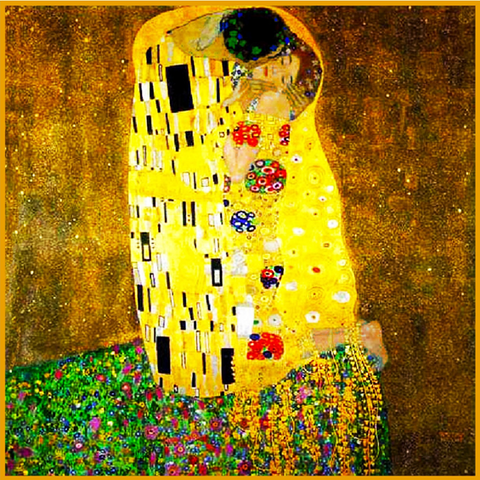
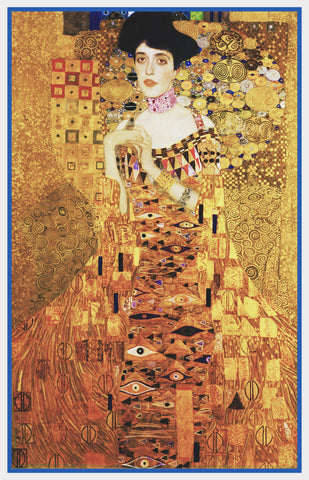
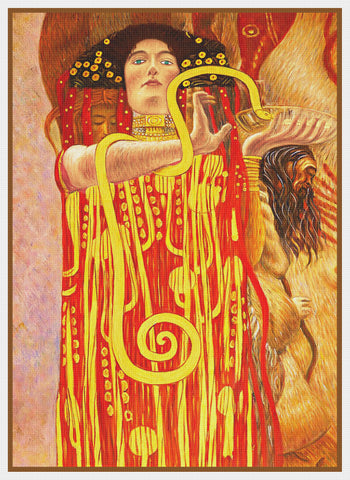
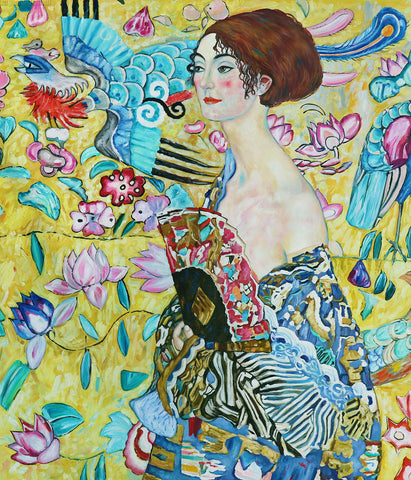
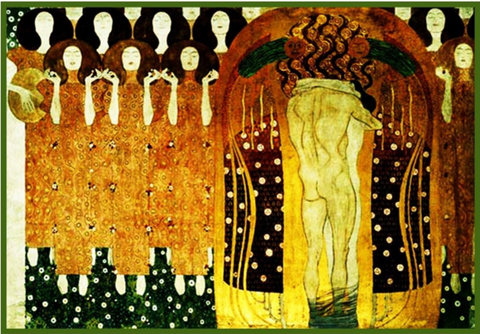
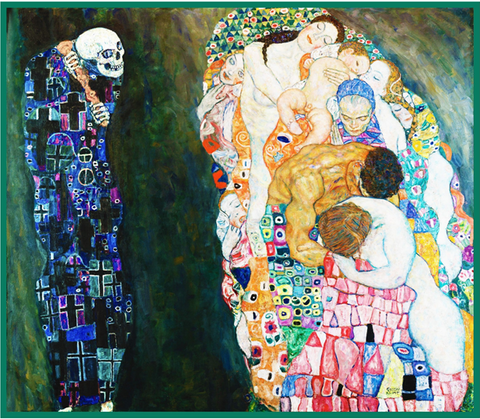
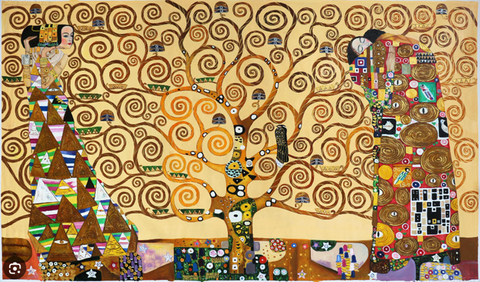
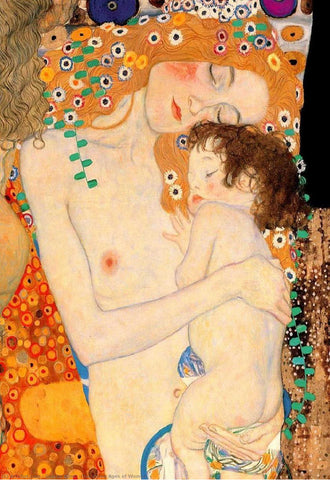
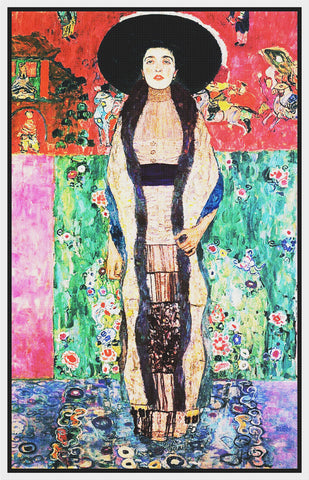


 Self Portrait 1914
Self Portrait 1914 









 Celia Thaxter in Her Garden Painting by Childe Hassam 1892
Celia Thaxter in Her Garden Painting by Childe Hassam 1892 
























































































